Trump Tower has stood as a symbol of Donald Trump’s success and fame for 40 years, clad in enough pink marble and brass to make Liberace (a former resident) blush.
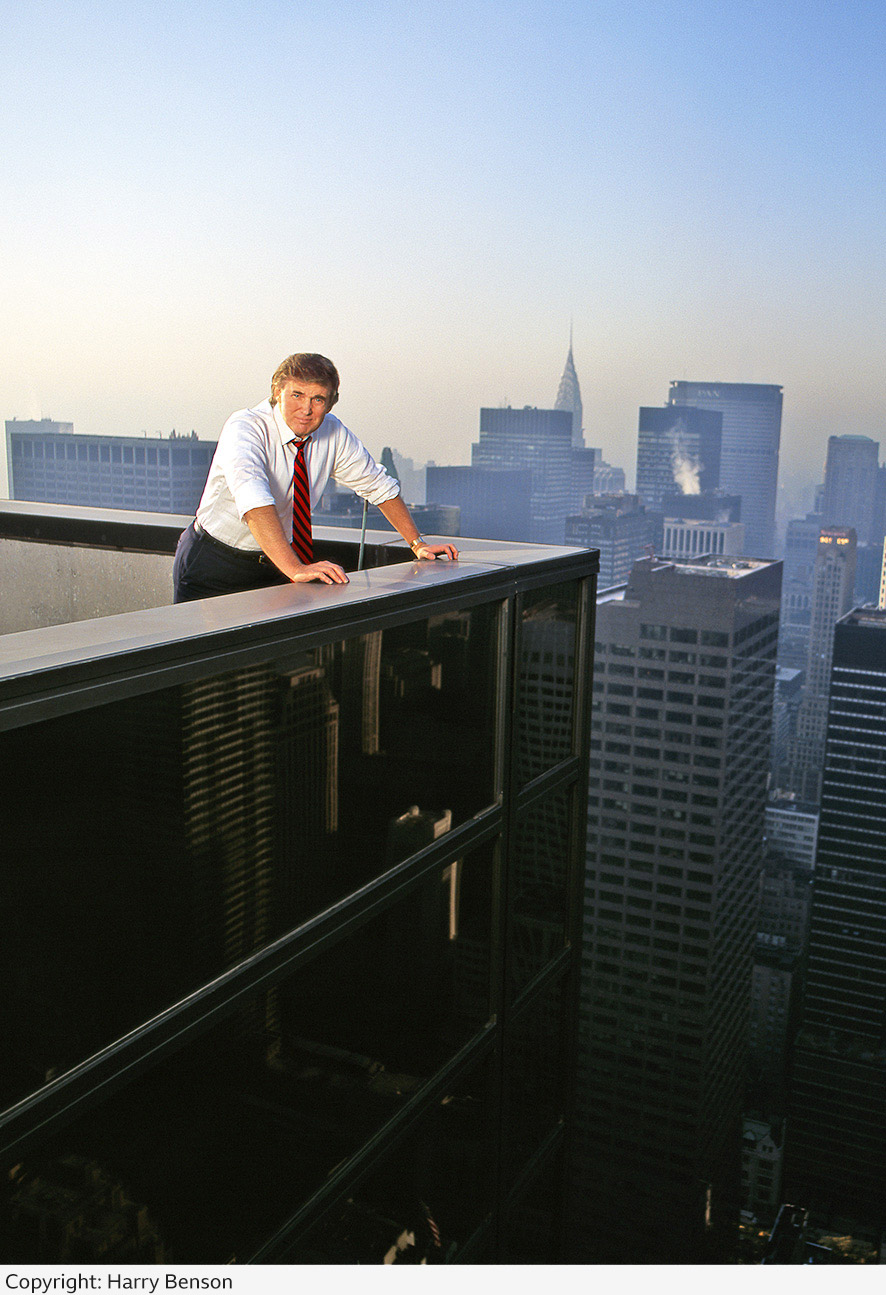
The skyscraper rises over Manhattan’s Central Park in one of the most expensive shopping districts in the world, Fifth Avenue.
The building’s appeal has waxed and waned, but the former US president’s last name in bold letters on the gold facade is a constant reminder of the tower’s central role in defining Trump as a brand.
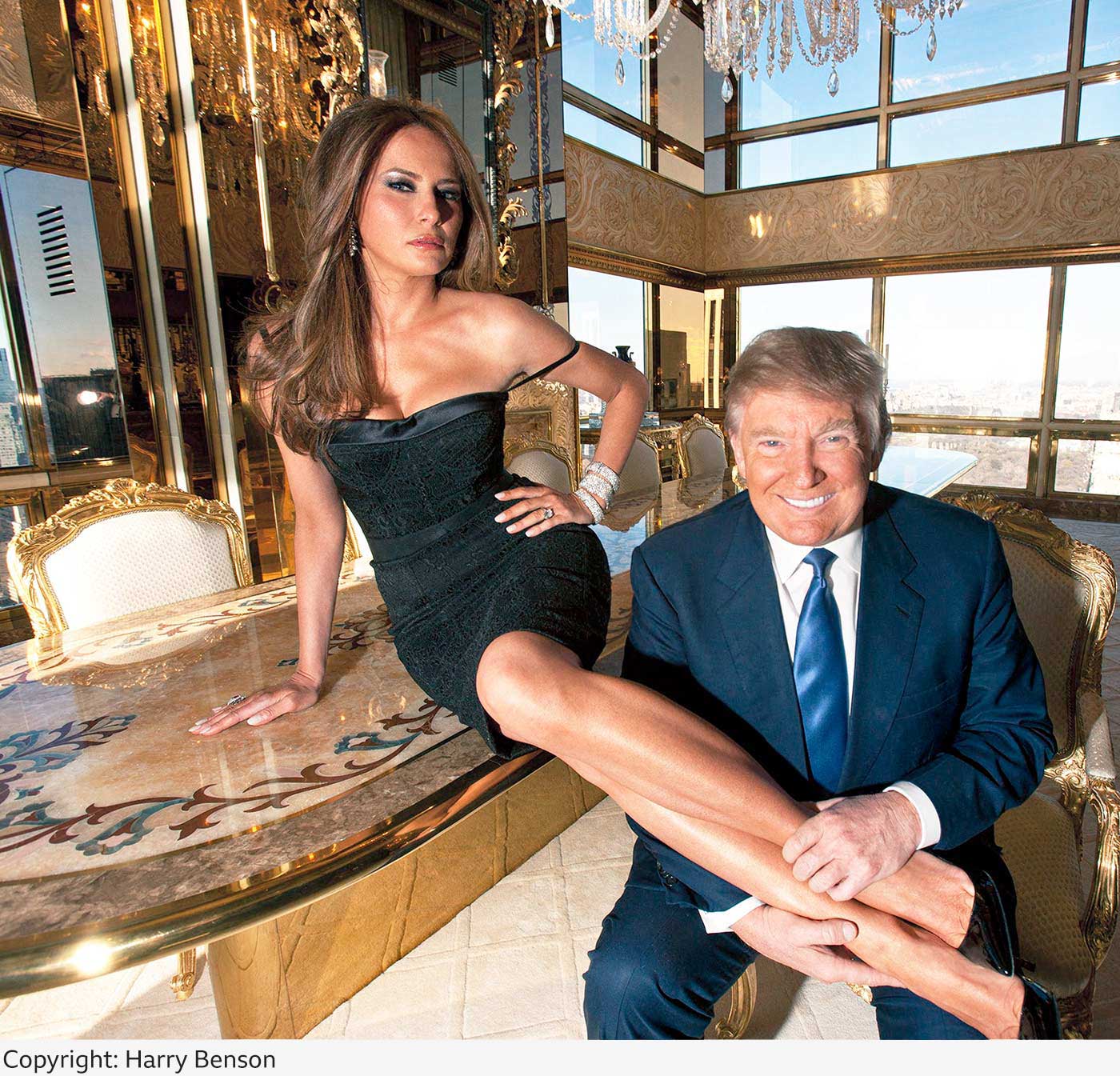
It was the set of his hit television show The Apprentice, which catapulted his fame to new heights. And it’s where he harnessed that fame to ride down a golden escalator and launch a successful bid to become president of the United States.
Now it is tangled up in his legal troubles. As well as being indicted four times, Trump faces being barred from doing business in New York City and could be forced to hand over control of the building where he based his Trump Organization headquarters for decades.

Trump first set sights on the old granite and limestone Bonwit Teller building at the corner of Fifth Avenue and 56th Street in the mid-1970s. It was a time of street gangs and violent crime, when New York City was known more for the Son of Sam serial killer than for glamour and style.
But Trump, the son of a wealthy Bronx real estate developer, was on the rise. He saw the location, located next to Tiffany’s flagship jewellery store on the street dubbed “Millionaire’s Row”, as an opportunity to send his profile into the stratosphere.
"In the real-estate business we have a generic term for the best location, wherever it is: The Tiffany location. And Trump Tower is literally that - it looks down on Tiffany's,” he would later tell Architectural Digest.
He said he called the Bonwit Teller owners twice a day to try to broker a deal. Trump’s persistence paid off in 1979, swooping in once he discovered the owners needed fast cash.
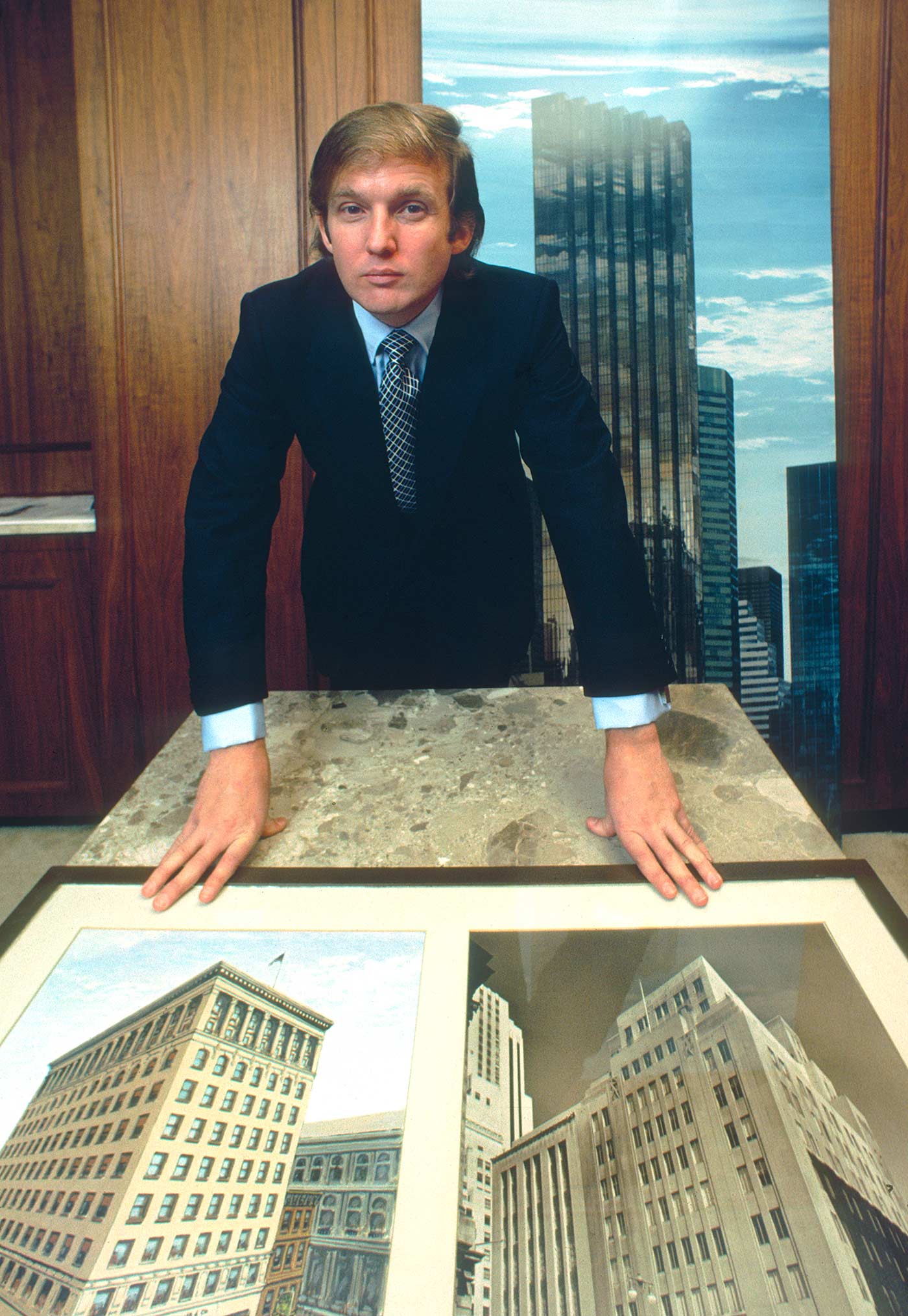
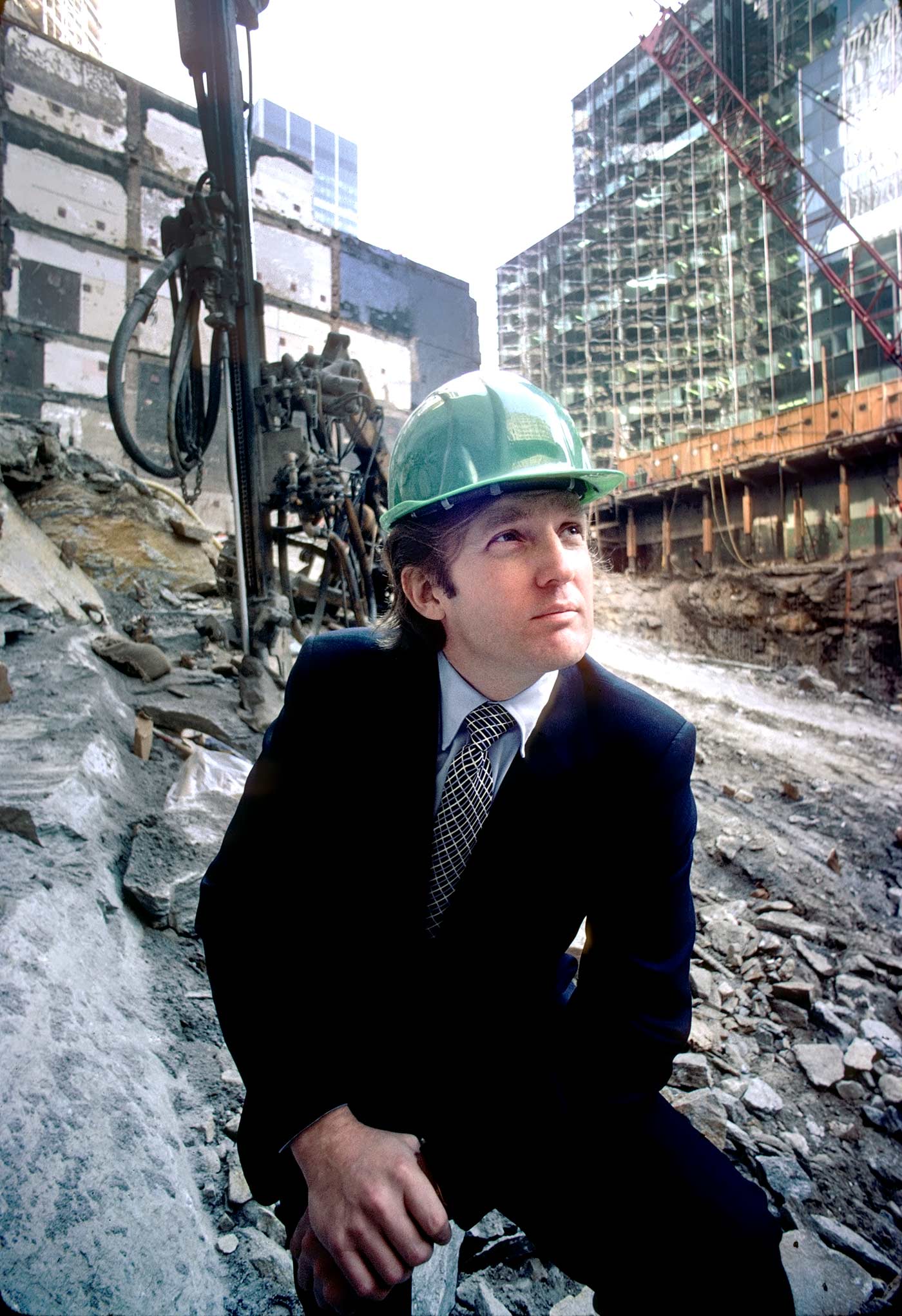
His plan was to tear it down and redevelop in what was becoming his trademark business style.
He took the city to court – and won – to get millions of dollars in tax breaks. He destroyed two Art Deco sculptures that had been a part of the original building’s facade to save $500,000 (£396,000), instead of donating them to the Metropolitan Museum of Art like he promised (infuriating New York’s history buffs). And he bought air rights over Tiffany’s, a zoning law which essentially means a neighbouring building would never rise up to block his sweeping views.
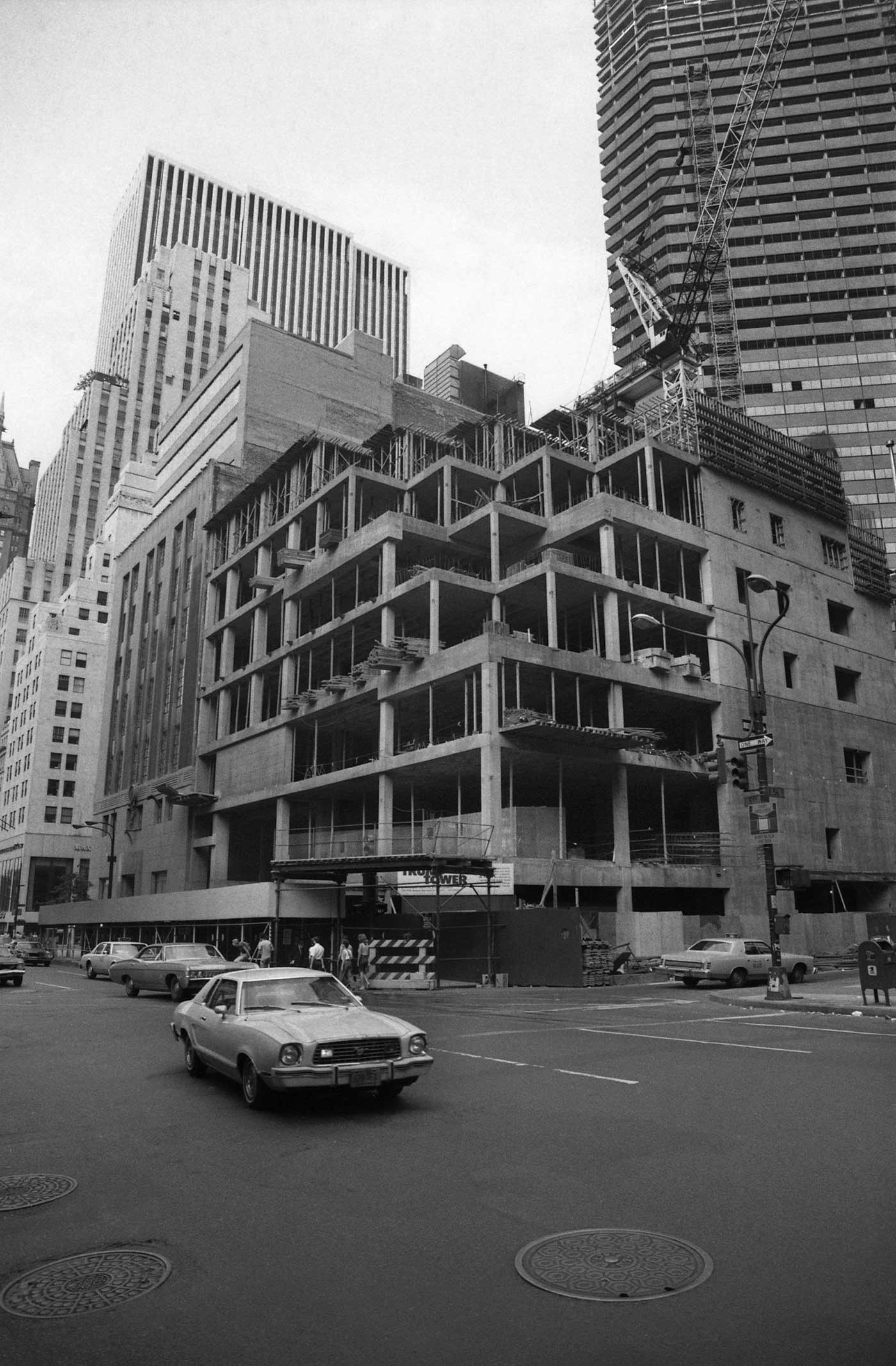
As the glass skyscraper grew taller, so too did Trump’s tales. When Trump Tower was completed in 1983, he boasted it had 68 floors. It only had 58.
In Trump’s first book, The Art of The Deal, he described his style of business as “people want to believe that something is the biggest and the greatest and the most spectacular. I call it truthful hyperbole”.

Trump’s exaggerations were used to promote his tower - and the building was vital to promoting Trump.
A year before it opened, Trump appeared in Forbes Magazine’s first-ever rich list by claiming a net worth of $100m. Trump Tower was at the heart of his case to get on that list.
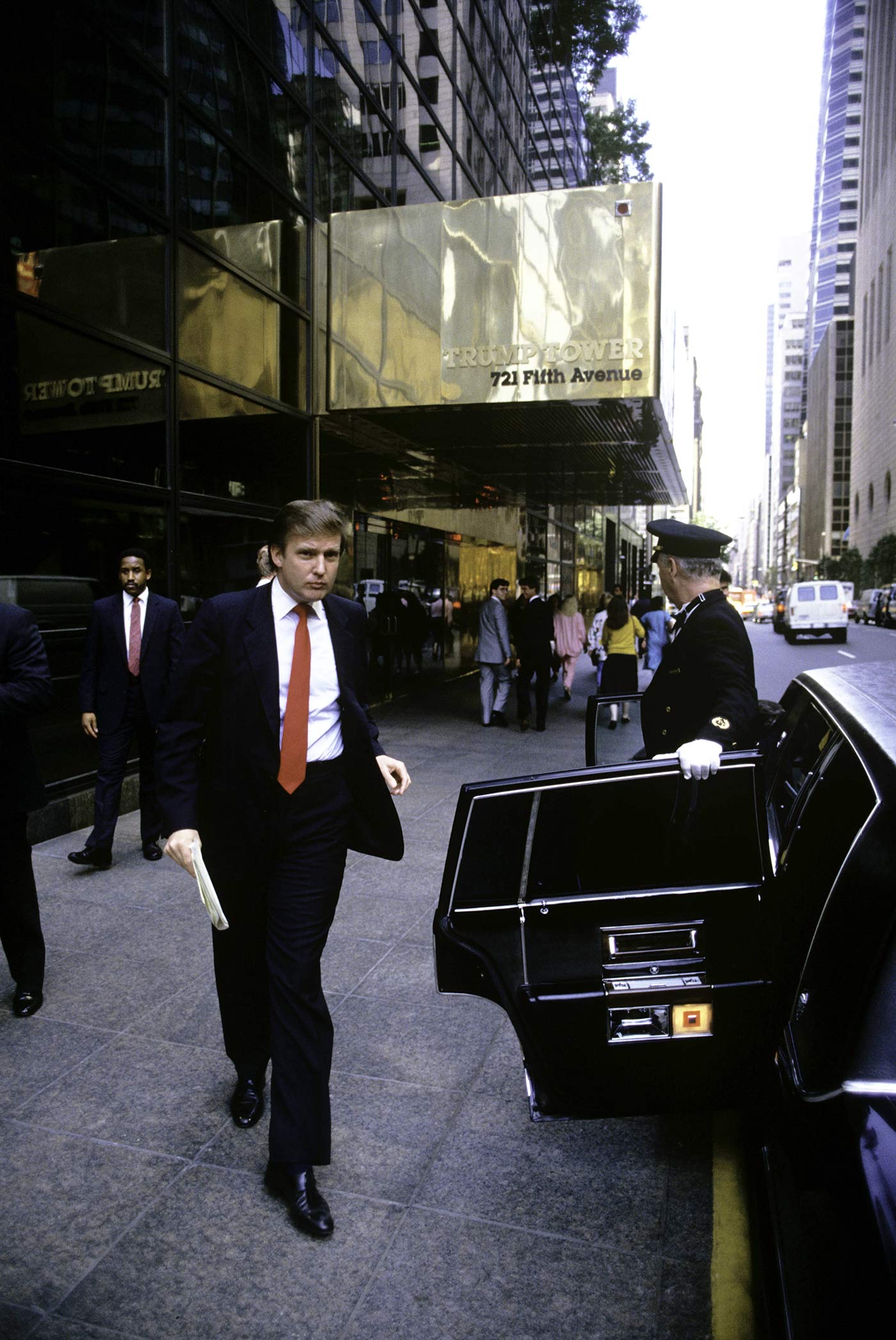
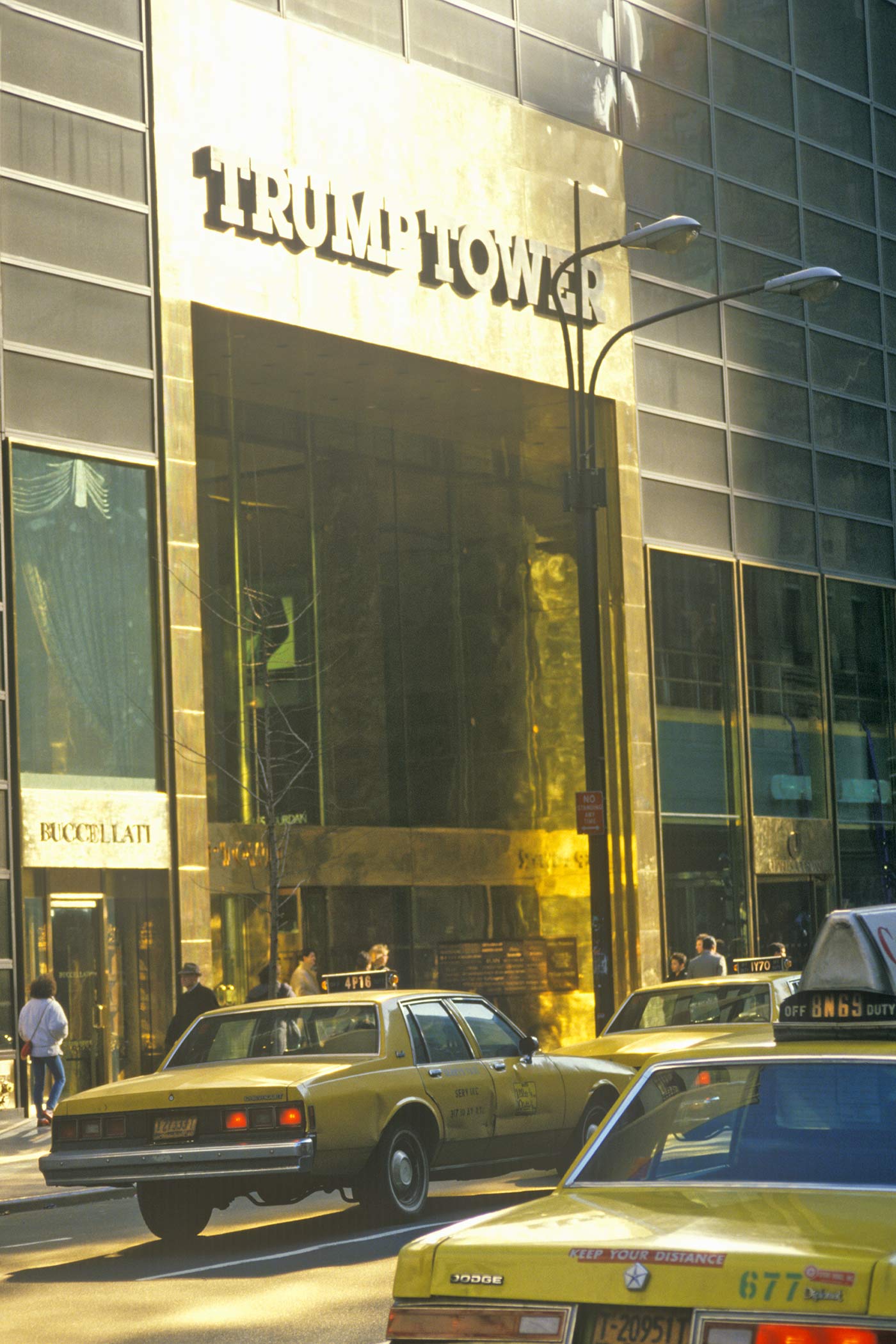
In reality, Trump was worth only $5m. Former Forbes researcher and writer Jonathan Greenberg told BBC News he only discovered this deception of wealth much later.
When Greenberg met Trump to determine if he should be included, the future president tried to fudge the numbers. He emphasised the potential revenue of Trump Tower but failed to mention that much of it was owned by an equity firm, not Trump himself. “He was talking about, ‘when this opens, I own all of it and look at how big it is,’” Greenberg recalls.
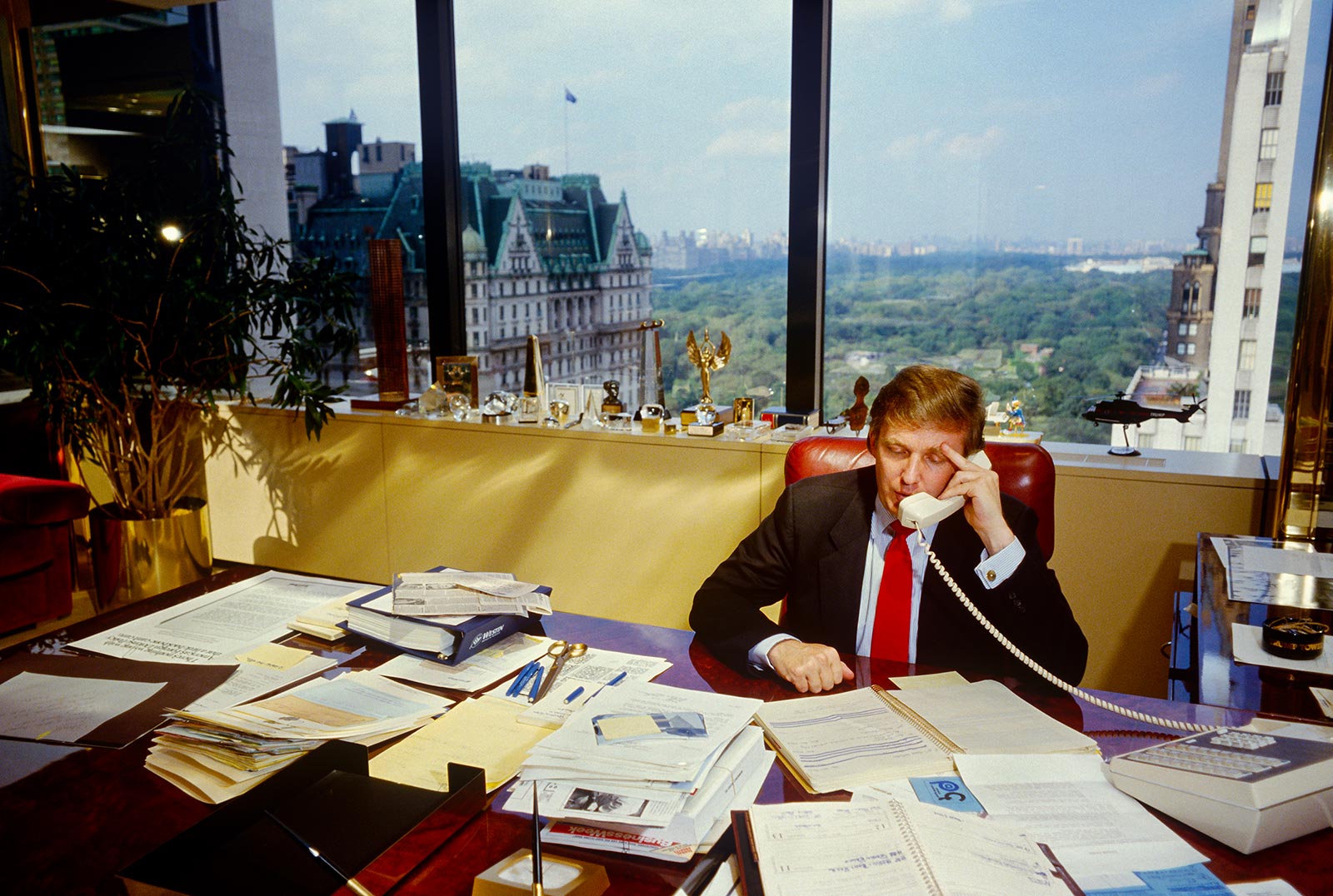
We in the media were unprepared for anyone who lied as effectively and shamelessly as Donald Trump.
Other times, Greenberg said Trump called him, pretending to be “John Barron”, a Trump Organization executive, to feed him false information. “He spoke in the third person; I think it’s his first time he began to speak of himself from the third person - which he still does,” Greenberg said.
Trump also spread a rumour that Prince Charles and Princess Diana were buying an apartment, telling the New York Post the inquiry came from a “very aristocratic” guy with an English accent.

He may not have secured a prince and princess for his castle, but it didn’t stop Trump from creating an aura of exclusivity.
When residents walked through the shimmering brass doors they were met by doormen in elaborate outfits which mimicked Buckingham Palace’s guards. Inside the lobby was a tuxedoed piano player.
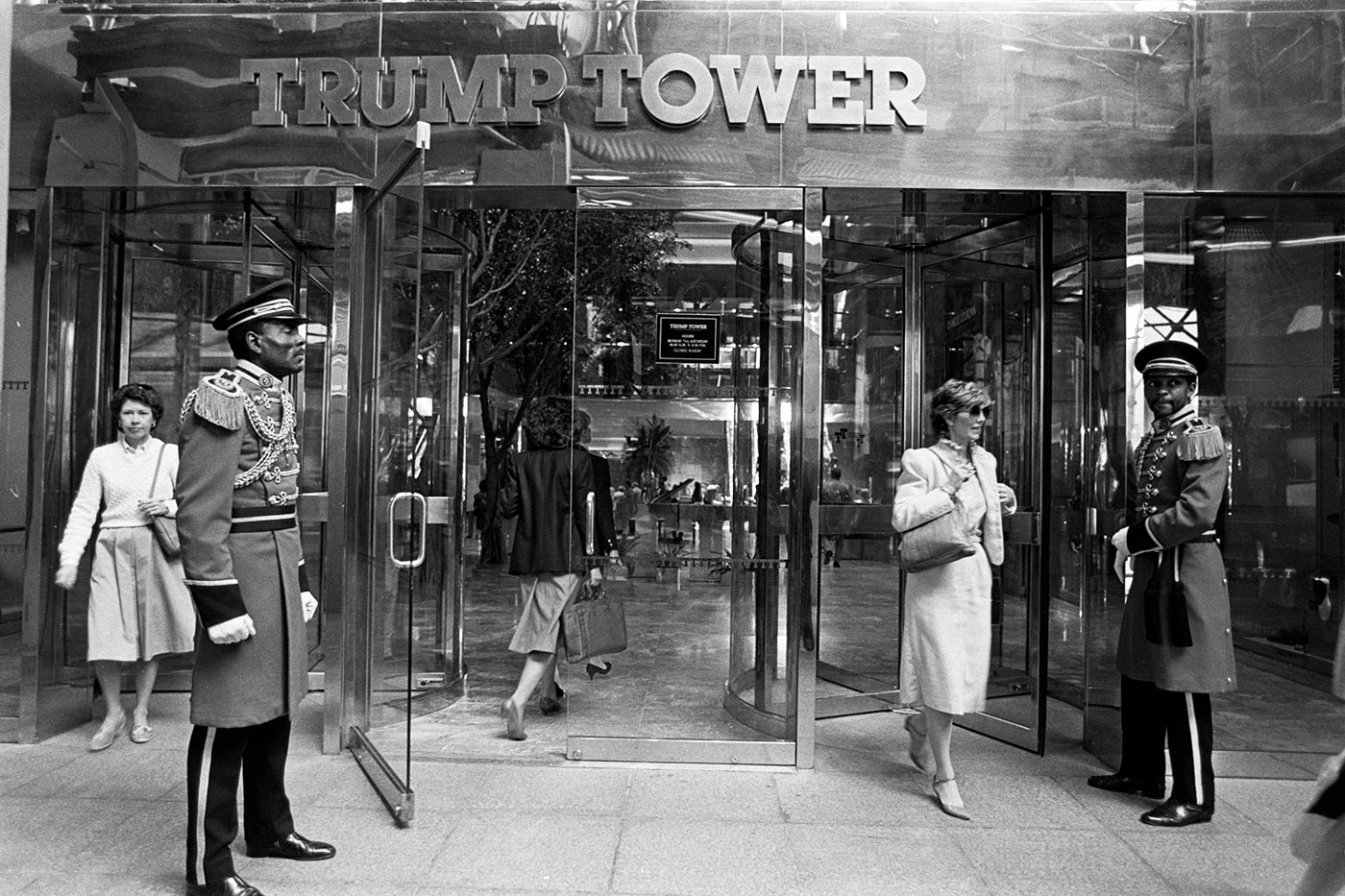
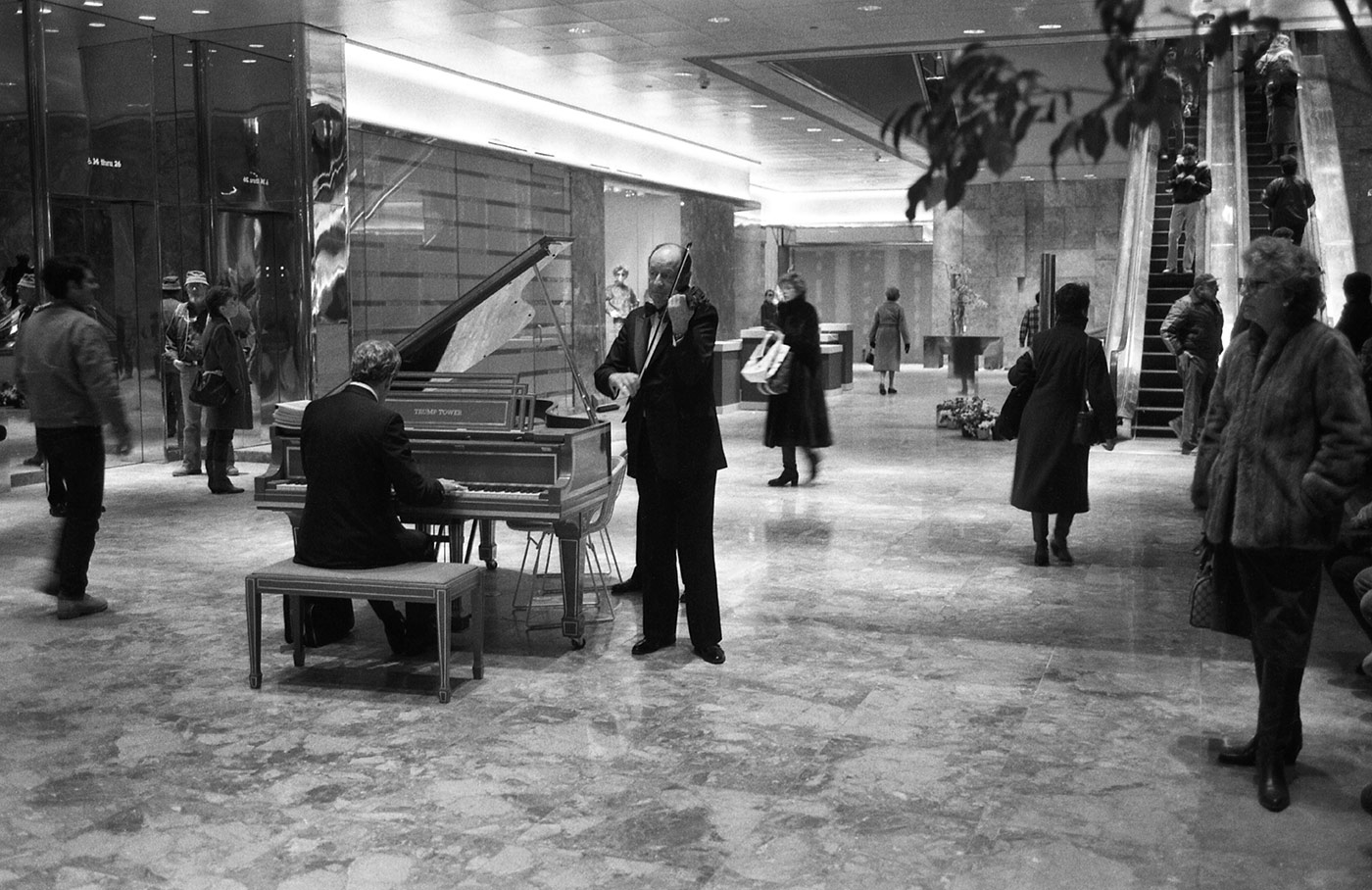
Trump would boast in Architectural Digest about having "the finest apartments in the top building in the best location in the hottest city in the world”.
In a 1998 interview with BBC HARDtalk, he would say: "I love building great buildings… I get great artistic pride out of a great building like Trump Tower."
He had not only broken into Manhattan’s property market, he had arrived with a splash.

When the tower opened, New York was desperate for something shiny and new after years of economic blight. And shiny was Trump’s speciality.
Architecture critic Paul Goldberger, in his 1983 review of the building for the New York Times, asked what other New York buildings had been “surrounded by so much hoopla?”
His critique was not a rave, but it was hardly a pan. Goldberger noted how the building’s “zigs and zags” were a welcome break from the “simple boxes” that lined the streets, and how its pink Breccia Pernice marble gave off a glow of “happy, if self-satisfied, affluence”.
Looking back, Goldberger thinks he may have gone easy on Trump in part because he seemed like a breath of fresh air when the Big Apple was battling to revitalise itself. “I think we were all inclined to be a little more positive than probably we should have been,” he told BBC News.
The skyscraper’s style, wrapped in mirrored glass, embodied the 1980s era of “greed is good”.
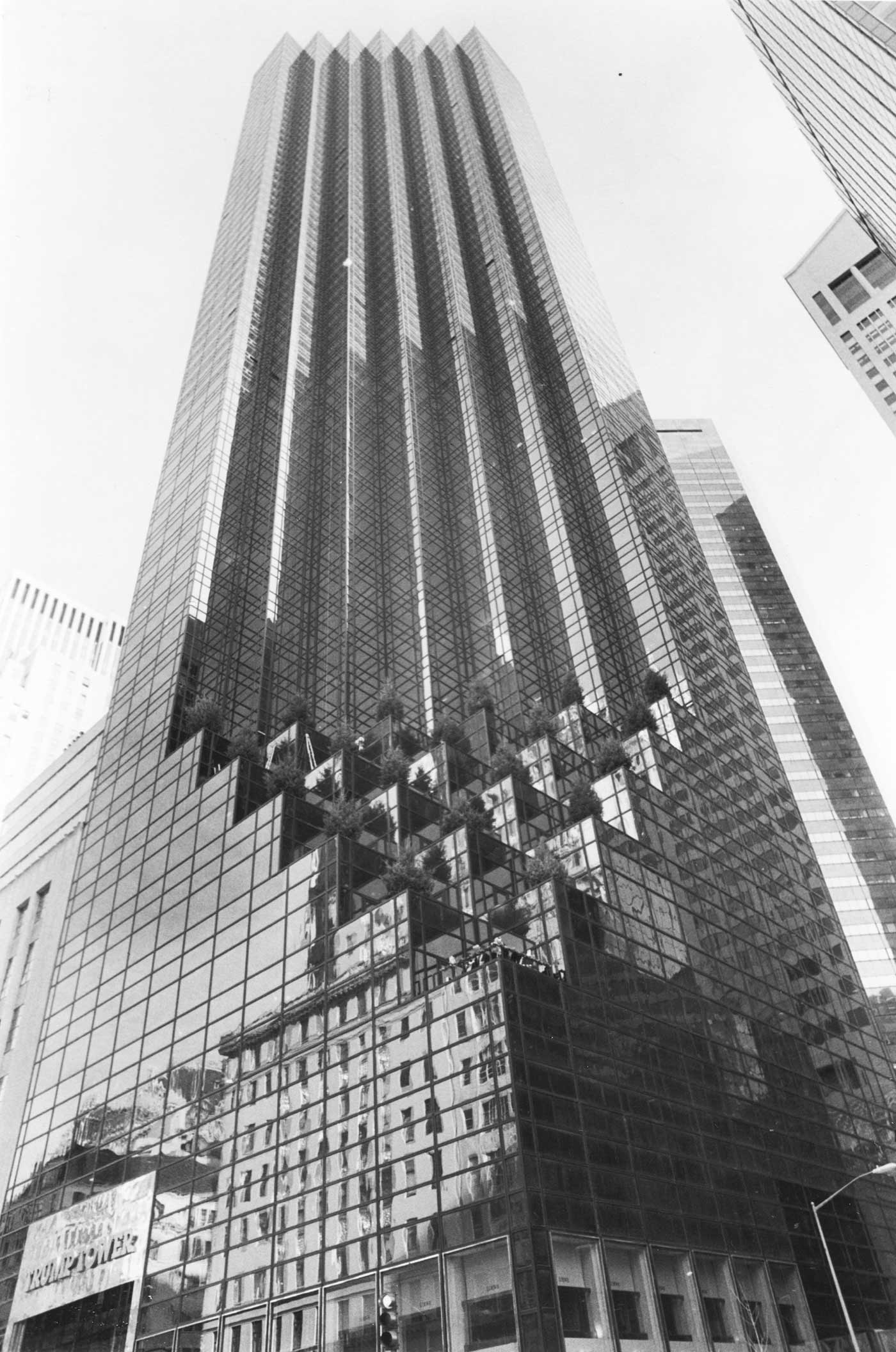
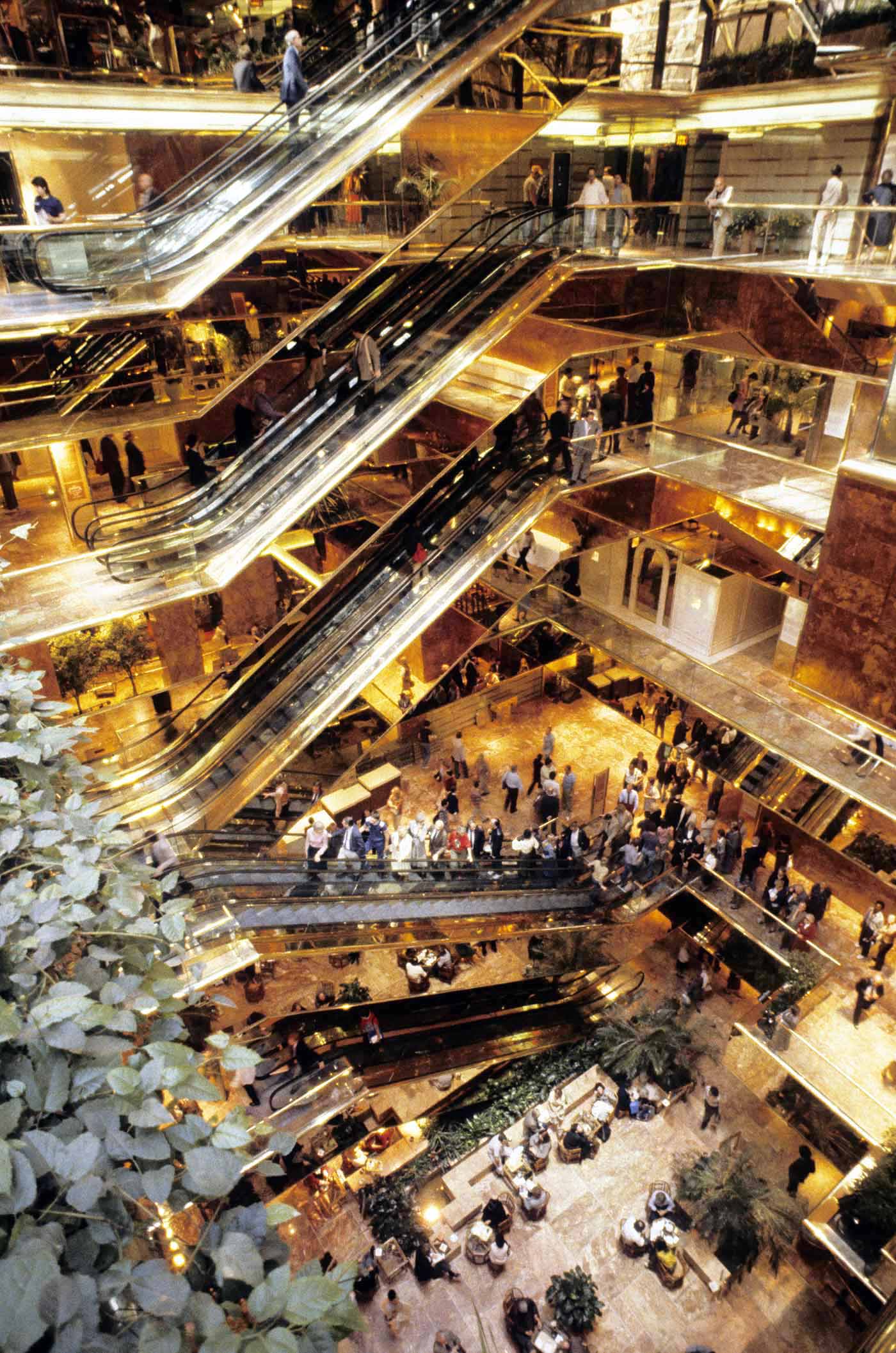
The building initially attracted excitement. Up to 100,000 people reportedly visited the atrium each Saturday during the holidays.
High-end fashion brands such as Buccellati and Charles Jourdan were tenants. Steven Spielberg had a pied-à-terre and Michael Jackson had a duplex with a dance studio.
Trump saved the best unit for himself - the 11,000 sq ft penthouse which takes up three floors. The urban palace originally featured chocolate lacquered walls and a gold-leaf ceiling. After attending a dinner at the nearby penthouse of Saudi billionaire Adnan Khashoggi, Trump reportedly decided to redecorate.
Gone was the luxe modernism, replaced with lashings of gold, marble and crystal - a Versailles in the sky.

When New York City woke up from the cocaine-fuelled party that seemed to last through the 1980s, it became clear that all that glimmered wasn’t gold, simply brass.
Retailers baulked at the sky-high rents of Trump Tower and left. The glitterati that first lived there - Johnny Carson and Sophia Loren - were eclipsed by a different type of character: “Medicaid cheats, coke dealers, mobsters,” according to journalist Wayne Barrett, writing for the Village Voice in 1991.
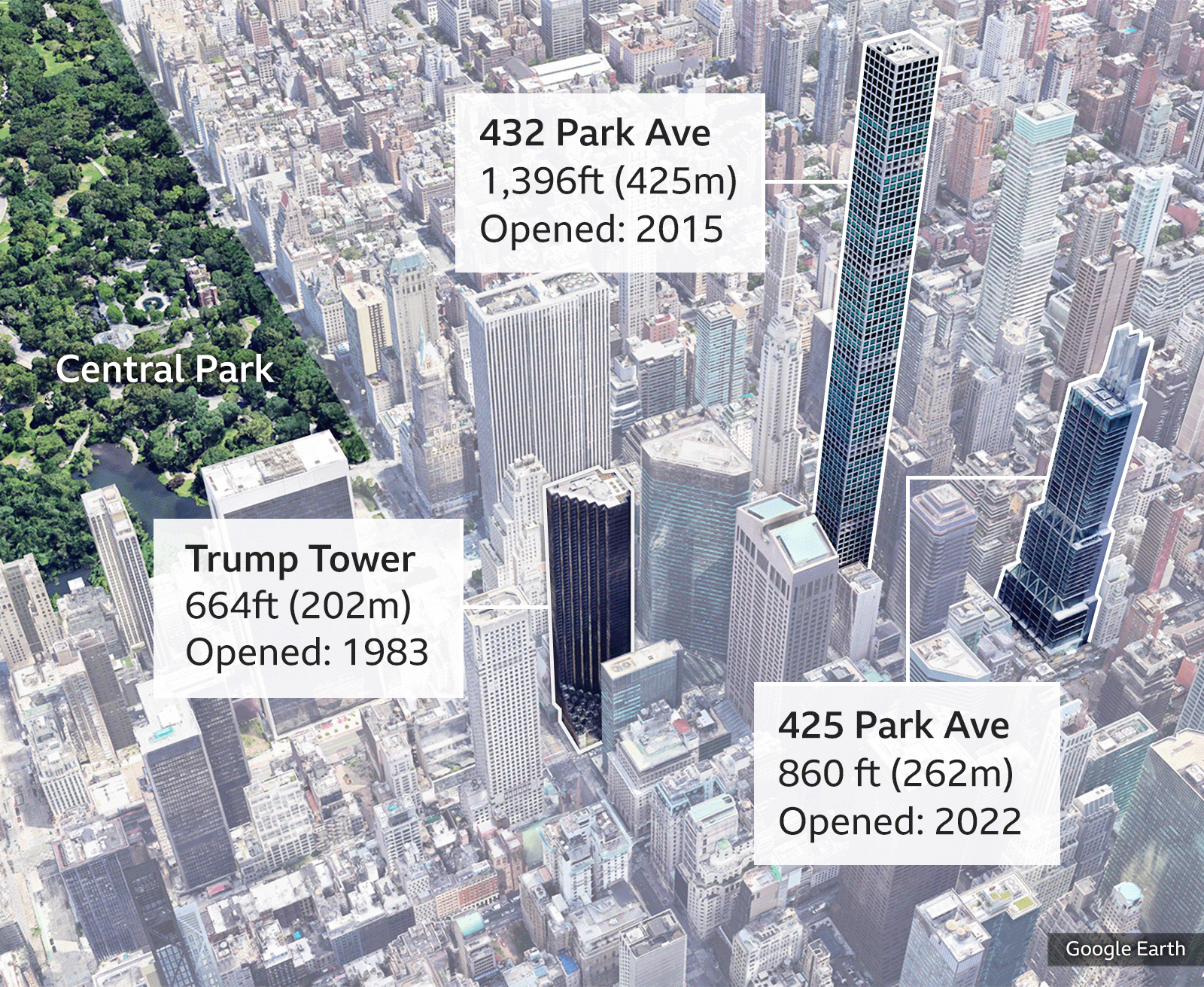
Part of the problem was the building didn’t age well. Most of the units were built cheaply - simple white walls and galley kitchens. “He really didn't understand quality, as he pretended to do,” Goldberger said.
The units were soon outclassed by bigger, more luxurious units in newer buildings. Eventually, Fifth Avenue’s “Millionaire’s Row” would be superseded by “Billionaire’s Row”, a series of ultra-luxury skyscrapers just a few blocks away.

But Trump and his tower would not be forgotten. They surged back into the public’s consciousness in the 2000s with the reality show The Apprentice.
The shining black skyscraper was filmed from the street like it was the towering king piece on Trump’s own chess board - a character with as much airtime as the candidates.
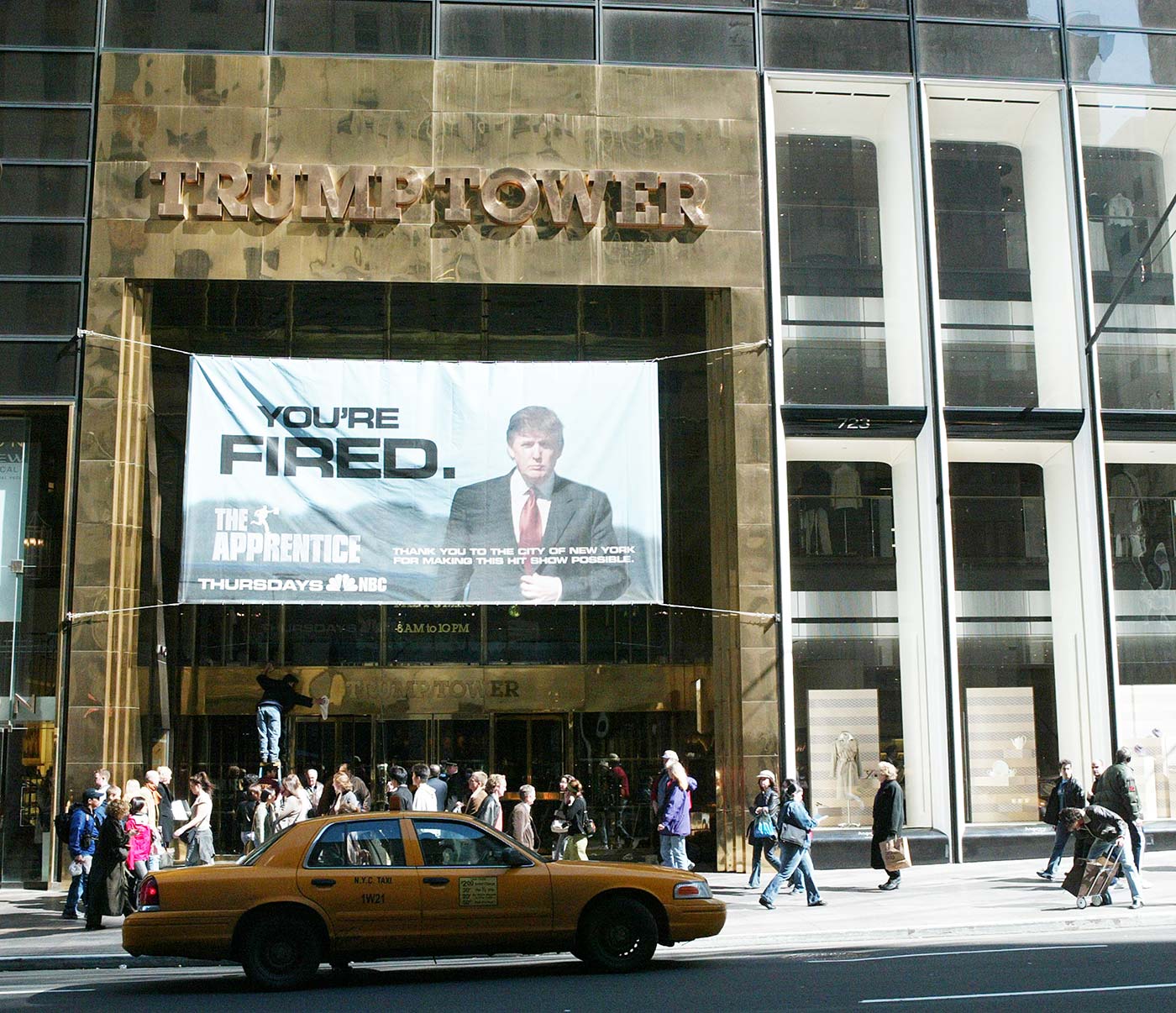
When Jose Felix Diaz from Season Five first walked into Trump Tower, he felt like “somebody is trying to show you just how important this place is”, he told BBC News.
“During The Apprentice, I don’t think there was a piece of property that was more valuable to Donald Trump than Trump Tower,” he said.
People can knock it all they want… very few people in their lifetimes can build an edifice, you know, of that calibre, of that magnitude, on Fifth Avenue in the most important city in the world.
During the show, he lived in Trump Tower with fellow contestants. Diaz says what made the show successful was “the unpredictability of the main character… people were mesmerised by this person who didn’t hold back”.
It’s a similar story to how Trump won the presidency. It began in the atrium of Trump Tower, where he announced his White House bid in 2015.
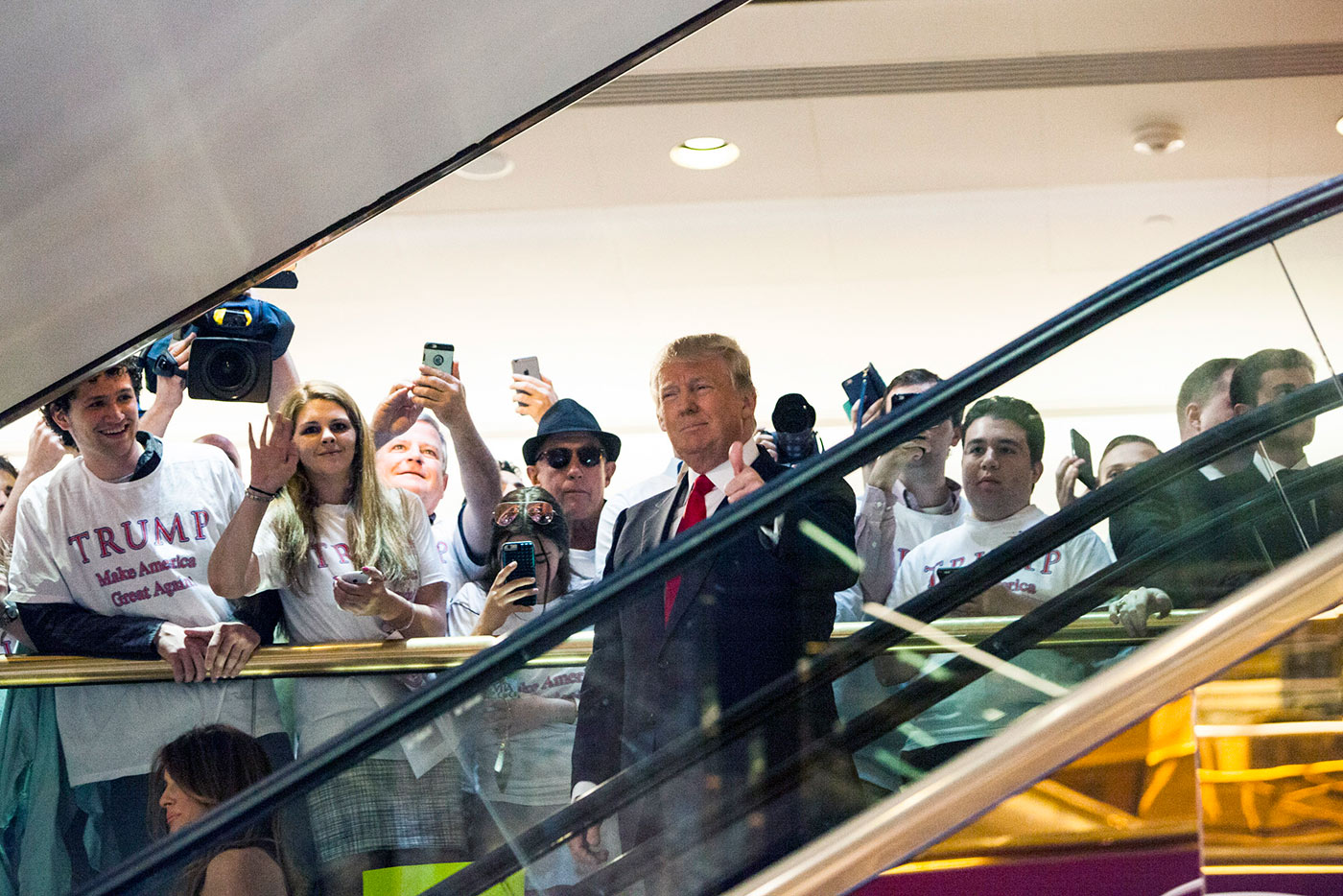
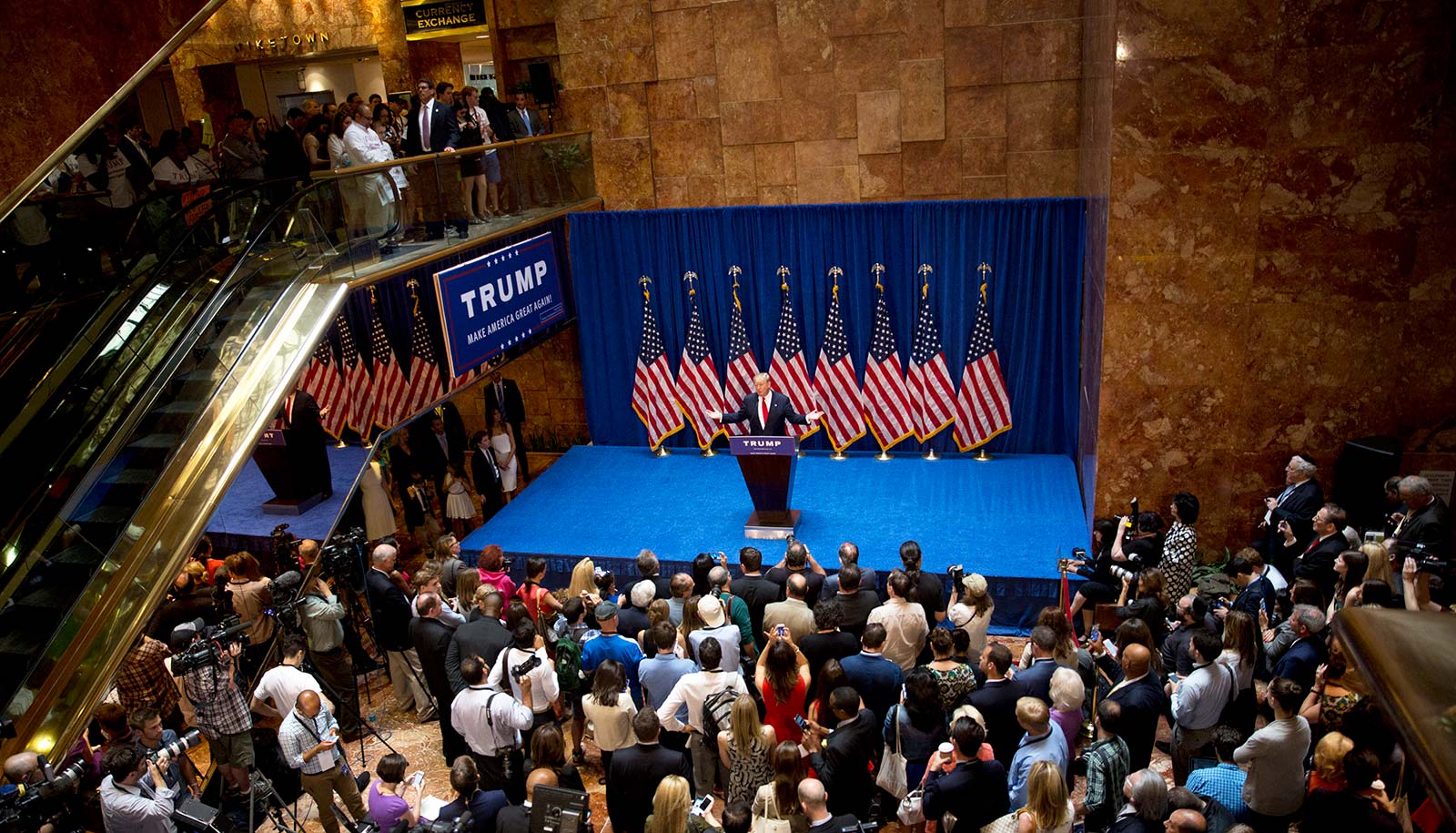
Trump marvelled at the crowd: “Wow. Whoa. That is some group of people. Thousands.” In reality, peppered among the media there were only a few dozen spectators, many dressed in his Make America Great Again gear.
But his popularity and the size of his rallies grew, culminating in a divisive election victory. Overnight, Trump Tower became the de facto presidential transition office. He even said he wanted to spend a few nights a week in his penthouse, dismissing the White House as a “dump”. Trump kept using it during his presidency, once hosting Japan’s Prime Minister Shinzo Abe there for diplomatic talks.
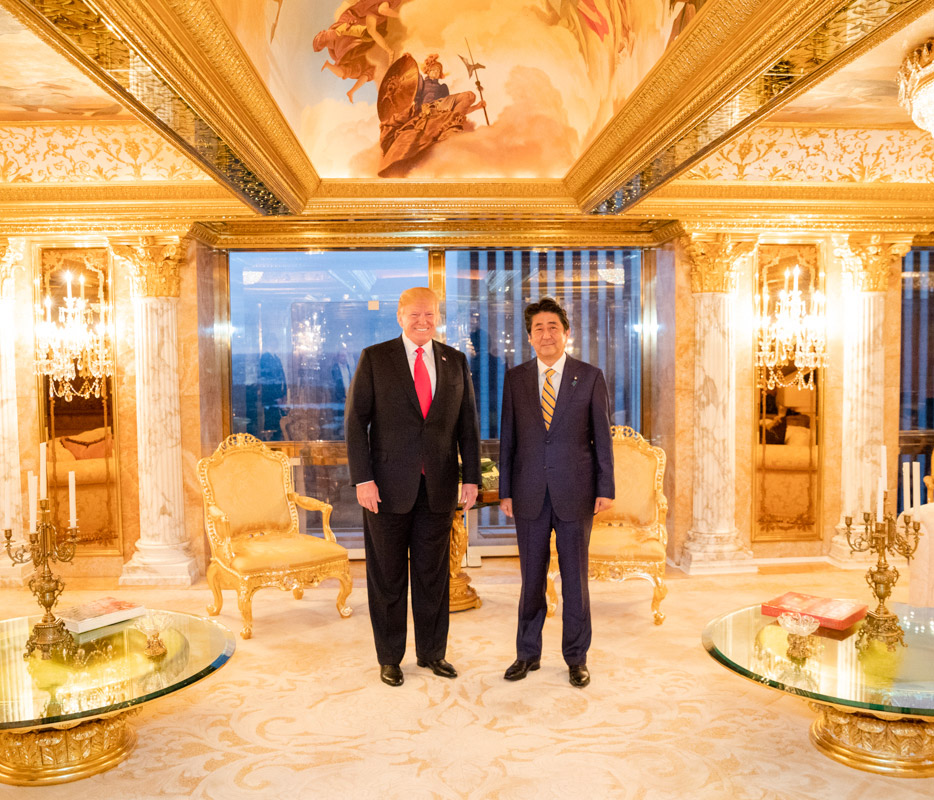

Since leaving the White House in 2021, and the events of 6 January, Trump’s notoriety has eclipsed much of his legacy from his early years in New York. In a city where President Joe Biden received 76% of the vote, the Trump brand is toxic.
The man who once epitomised the city no longer spends much time there. Where there was once a Cartier store in the lobby, now there is a souvenir shop selling MAGA hats. It has also impacted the tower’s bottom line.


“You can clearly see just from the numbers, the damage that's been done to the Trump brand,” real estate broker Wendy Maitland told BBC News. In 2014, she had a unit for sale in Trump Tower for $10m. Despite an offer of $9m, the owner took it off the market. Since then, they have tried re-listing the property numerous times, as recently as last May for $5.995m, without any serious traction.
She said Trump Tower has had an outsized number of listings taken off the market for extended periods of time because people aren’t buying into the brand.

Few buildings are so closely tied to its owner in the public imagination as Trump Tower.
In the case in New York City, the former president and his two adult sons have been found liable of massively inflating the value of their properties in order to secure better loans. Among the evidence was a claim that Trump’s penthouse triplex was three times its actual size.
Trump has denied any wrongdoing, and is expected to be in court when the trial resumes on 11 January for closing arguments. The judge will then have to decide how much the Trumps must pay and whether their businesses in New York City - including the tower - must be sold off, or be held by a third-party. To lose it would be an epic chapter of Trump’s downfall in the city where he made his name.
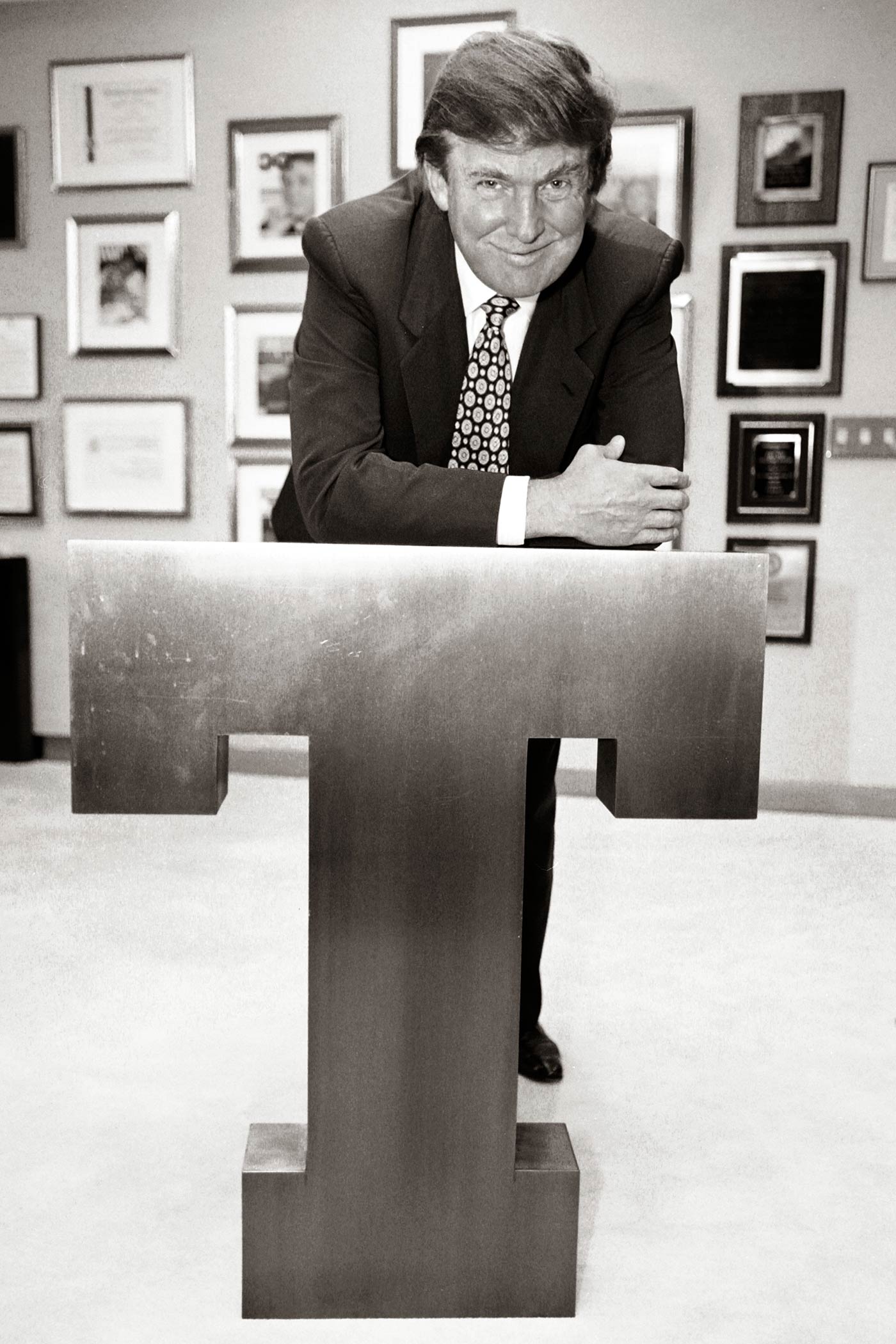
Goldberger says it would be a “confirmation in the physical form of what’s already happened reputationally” in New York City.
But a long-time friend and fellow real estate developer who testified in the trial, Steve Witkoff, insists Trump doesn’t let anything get him down and he’ll keep fighting. Losing Trump Tower would be an indignity, but Witkoff told BBC News “hopefully we’re not going to get to that place”.
Diaz, the former The Apprentice contestant who was once inside Trump Tower’s “inner sanctum”, says imagining a world where Trump was not in control was “inconceivable”.
“I would believe that the Trump Organization will fight to their last breath to protect Trump Tower.”
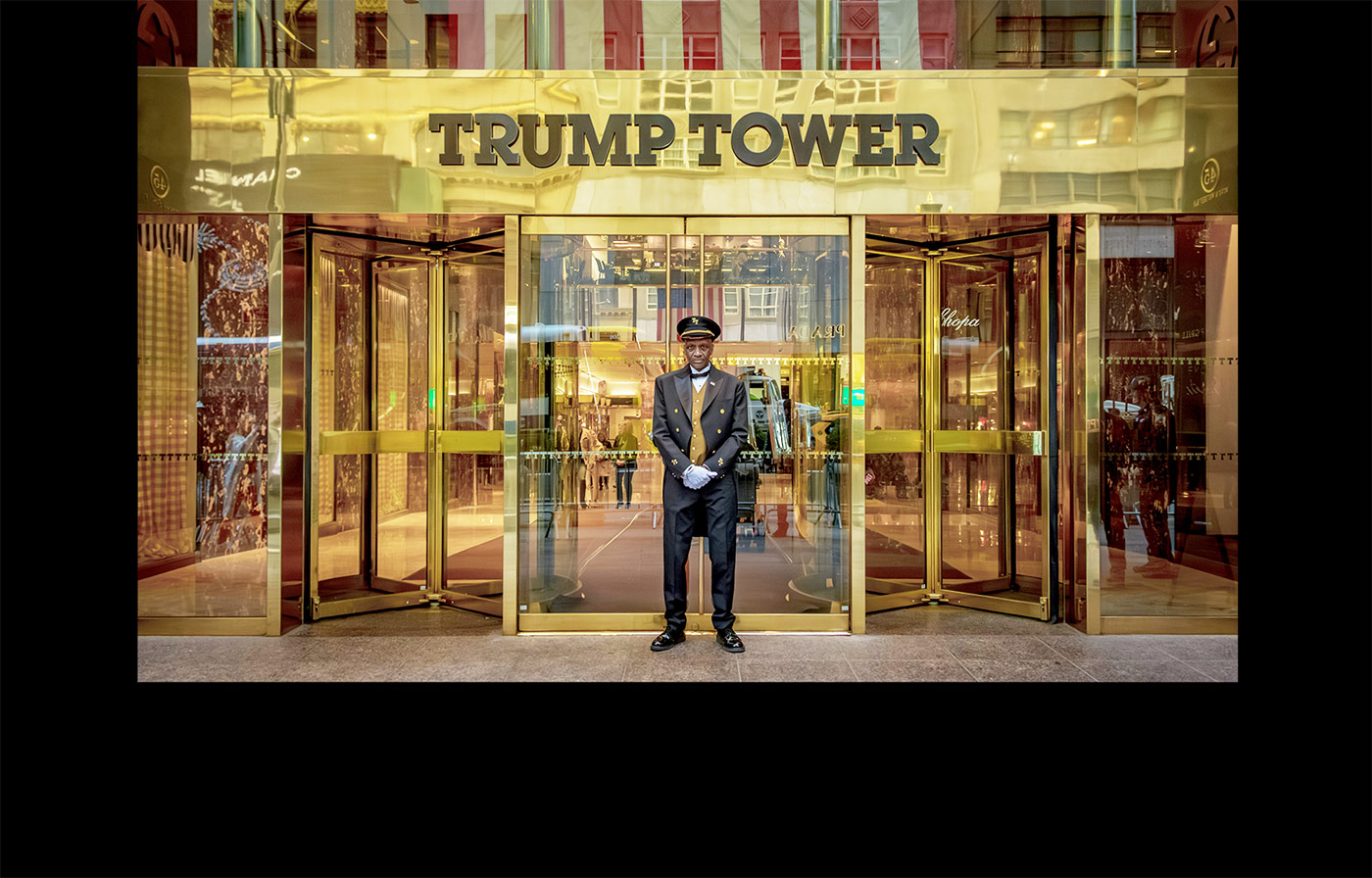
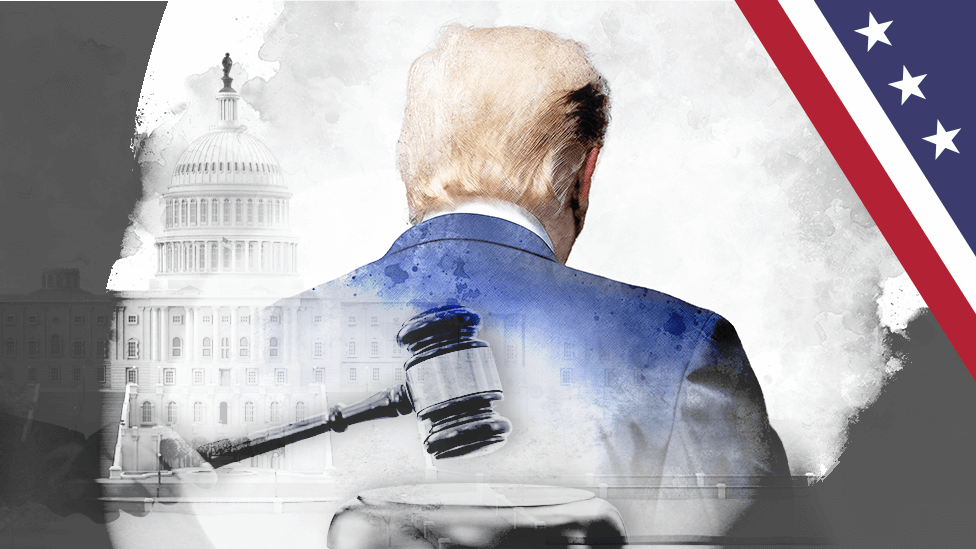 How big are Donald Trump's legal problems?
How big are Donald Trump's legal problems?
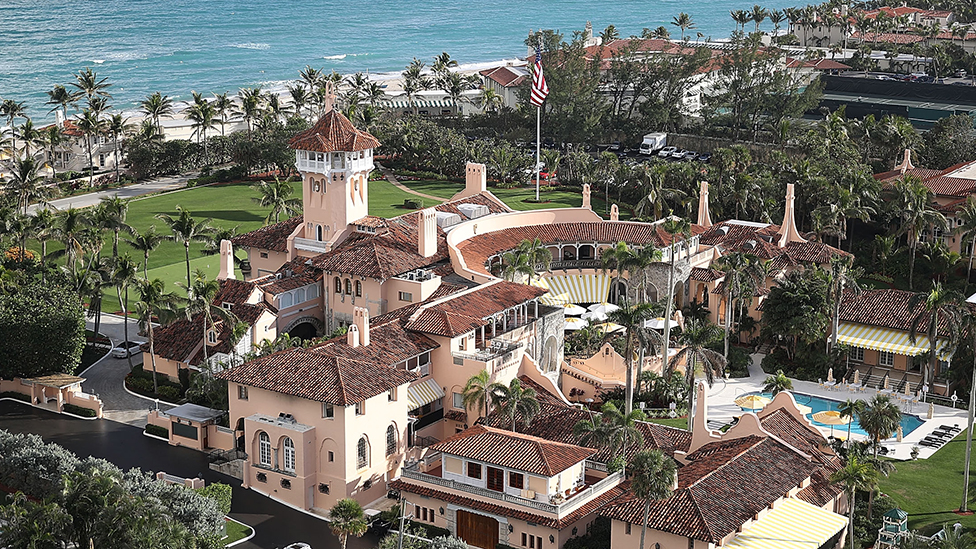 The billion-dollar question at heart of Trump trial
The billion-dollar question at heart of Trump trial
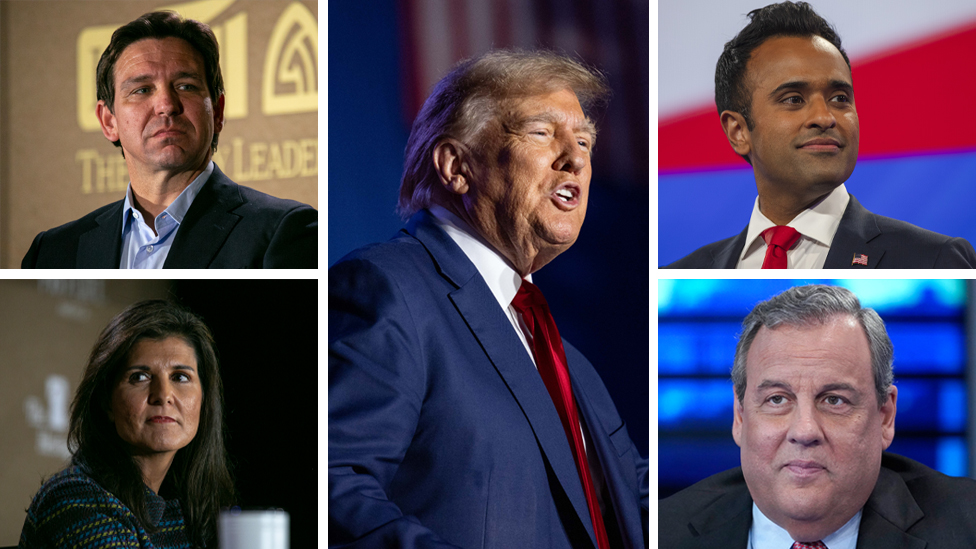 Who are the Republican candidates other than Trump?
Who are the Republican candidates other than Trump?